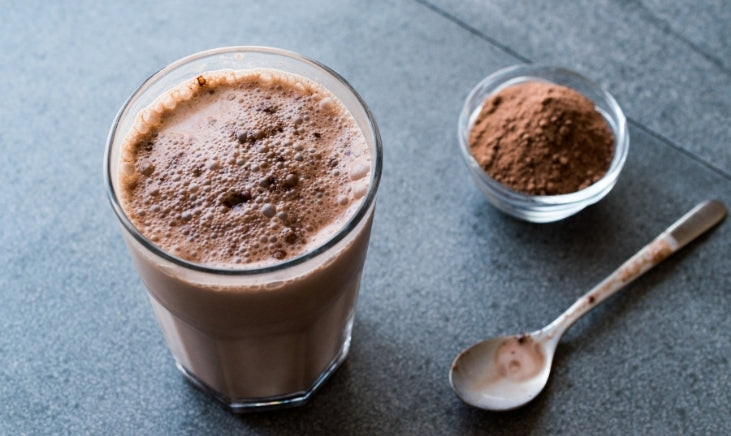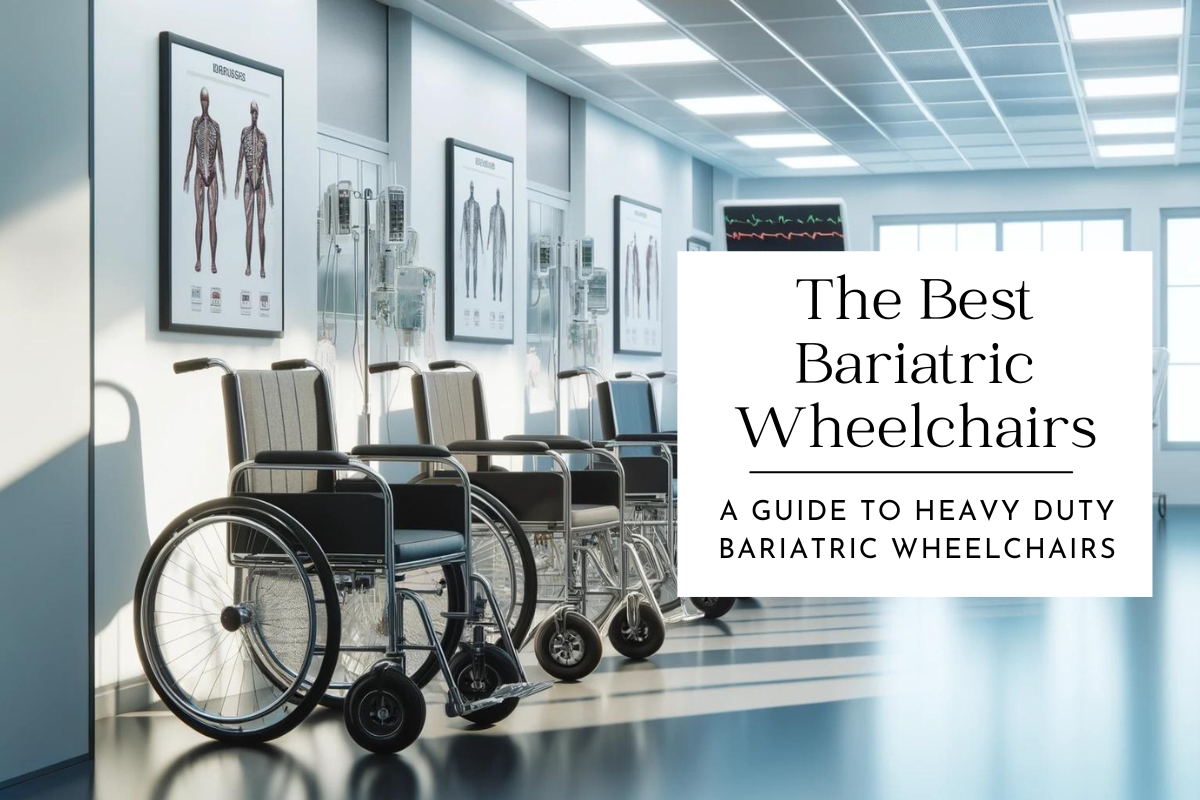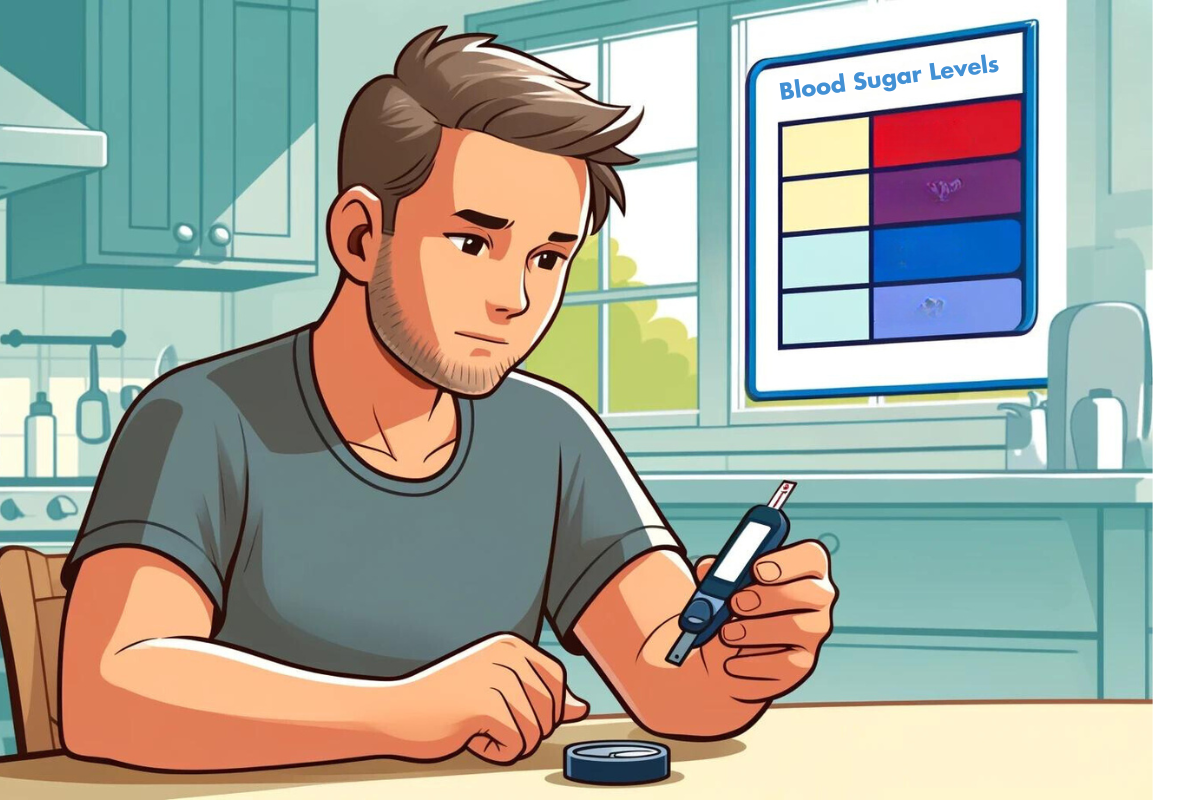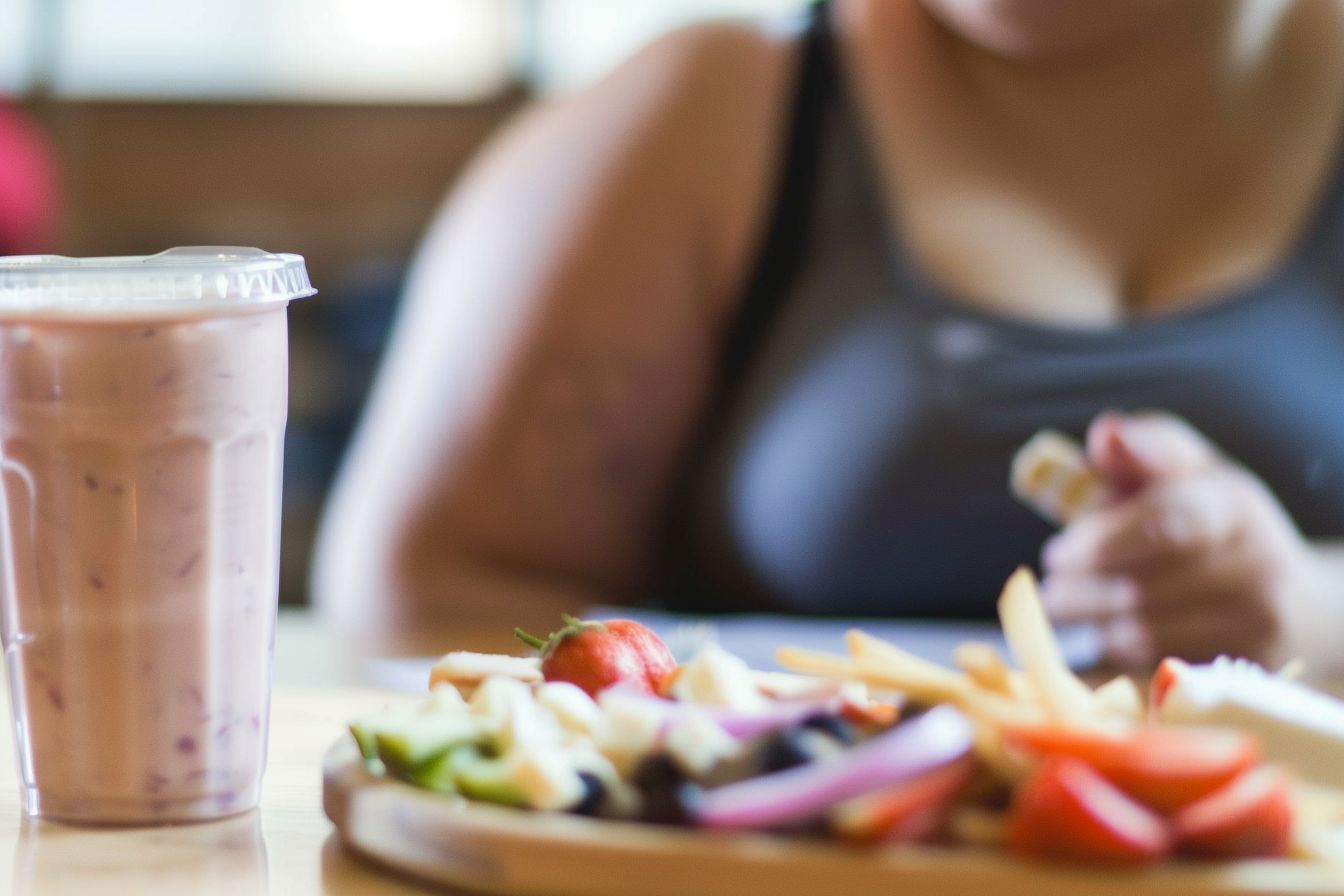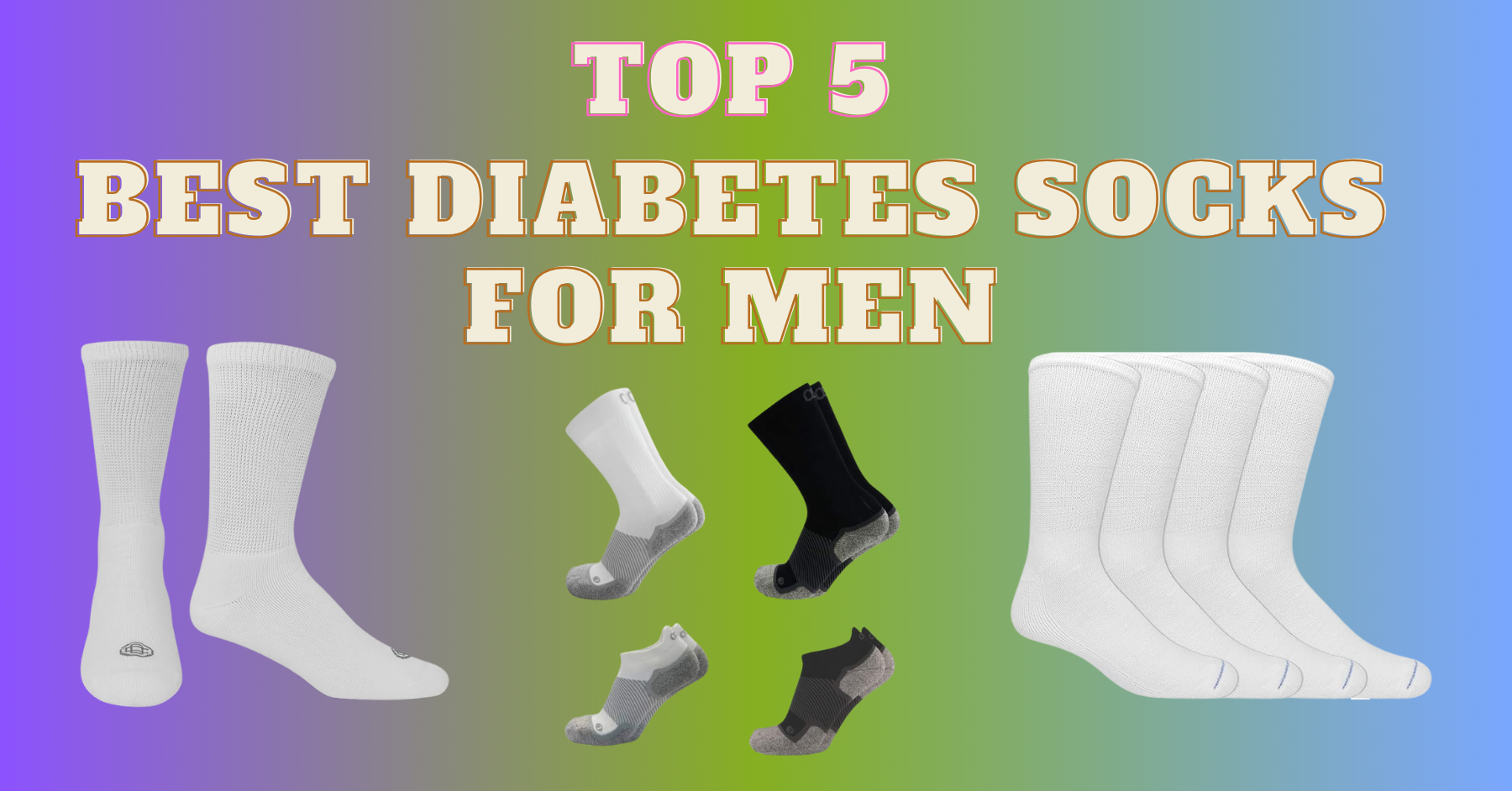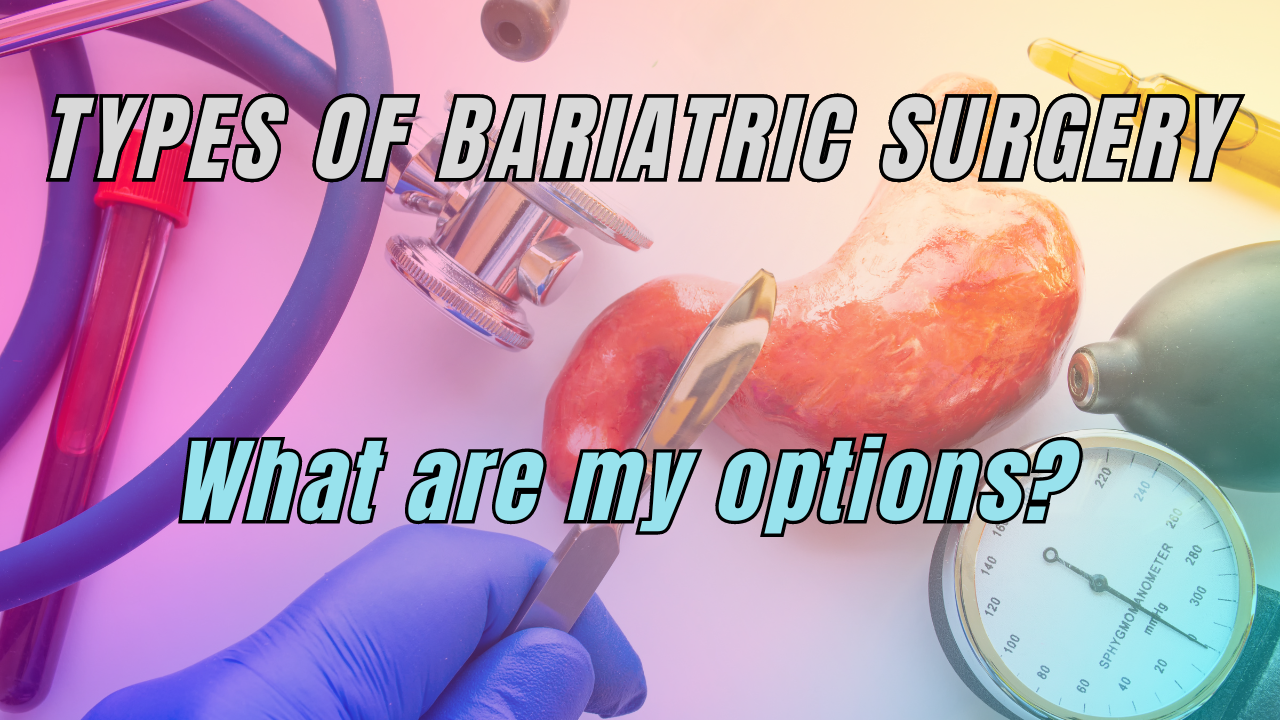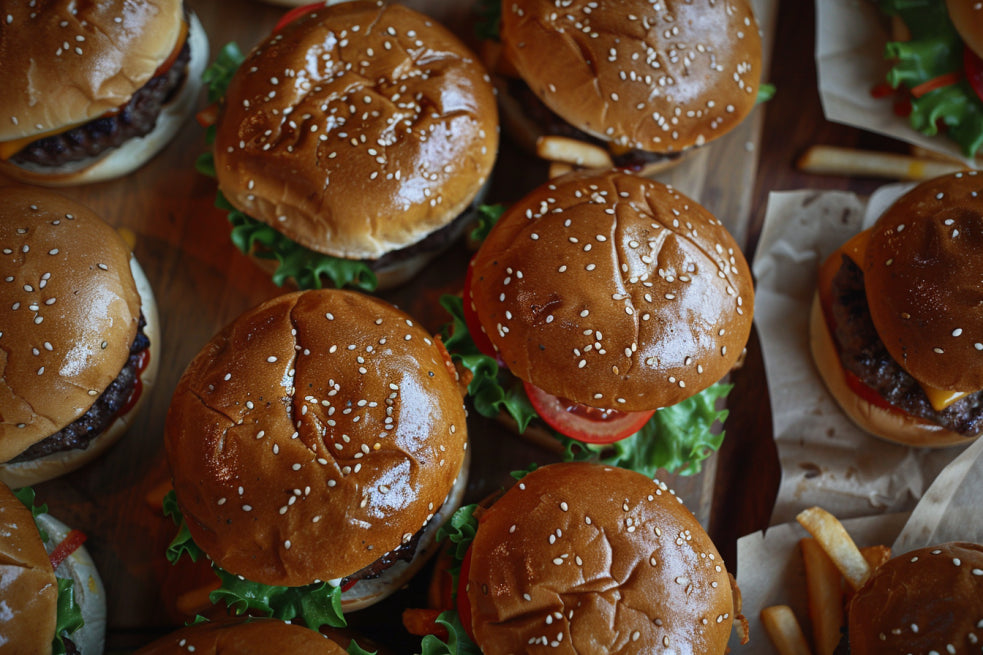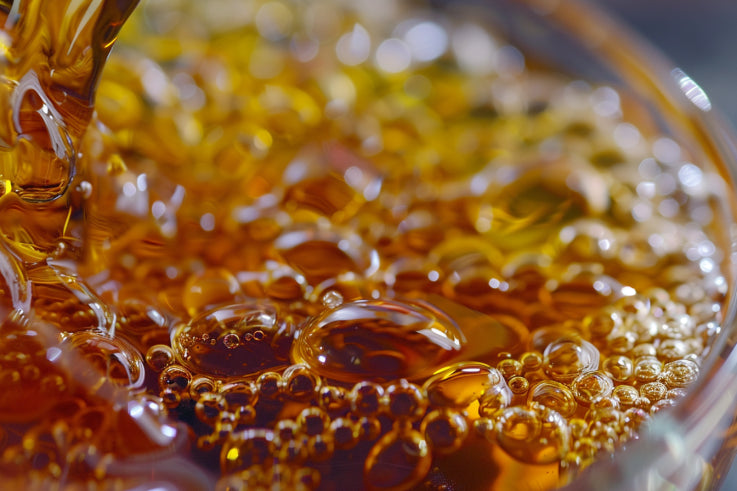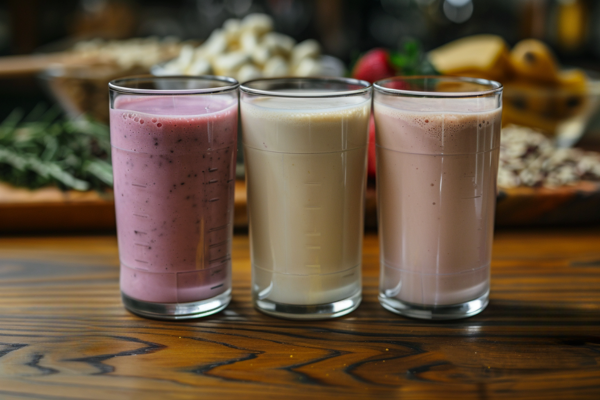Your cart is empty
Looks like you haven't added anything to your cart yet
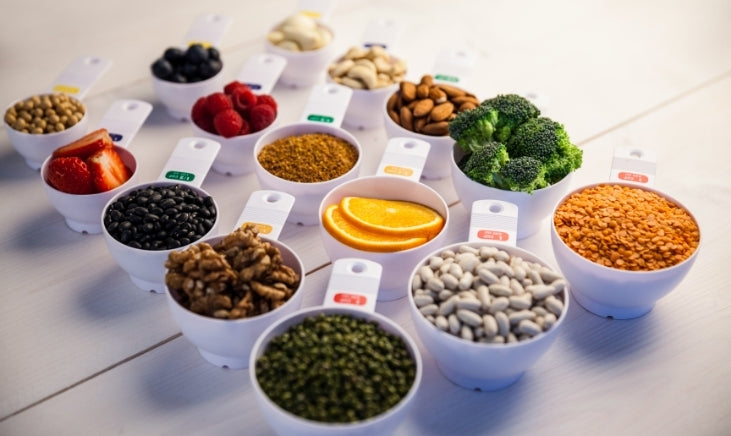
Best Portion Control Foods and Tips for Effective Weight Loss
Best Portion Control Food For Weight Loss
Research shows us that people eat more when portion sizes are larger despite hunger levels. When more energy is consumed than the body needs, that energy is stored as fat, leading to weight gain. Therefore it’s reasonable to assume that smaller portions can be utilized to encourage weight loss.
Dieting can feel a bit bleak, but it doesn’t have to be. Instead of focusing on what you may be losing, focus on what you can gain. Portion control is not just about eating less, it’s about eating more nutritious things; it’s about eating smarter.
Focus on abundance. If you’re currently eating a diet heavy with ultra-processed and processed foods, your hunger cues may be a bit faulty. However, this can be altered with the right mindset and a holistic nutrition plan for weight loss.
If you already eat a pretty clean diet but are aiming to lose weight, adding more portion control foods to your diet that are nutritious and satiating will benefit your weight loss efforts.
See Also:
While weight loss does require a calorie deficit, no one wants to feel hungry or deprived, plus it’s not necessary to lose weight. It may feel difficult, especially in the beginning, to reduce your portion sizes. However, it does get easier, and soon enough eating patterns shift and it becomes your new normal.
So, where do you start?
Foods high in protein and fiber naturally help manage portion sizes because they are satiating–meaning they help you feel fuller for longer. Most of these foods are whole grains, fruits and vegetables, nuts and seeds, and beans and other legumes–foods that should be a part of a well-balanced healthy diet anyway.
The objective of this article is to explore the best portion control foods and how they contribute to a healthier lifestyle.
The Science Behind Portion Control And Portion Distortion
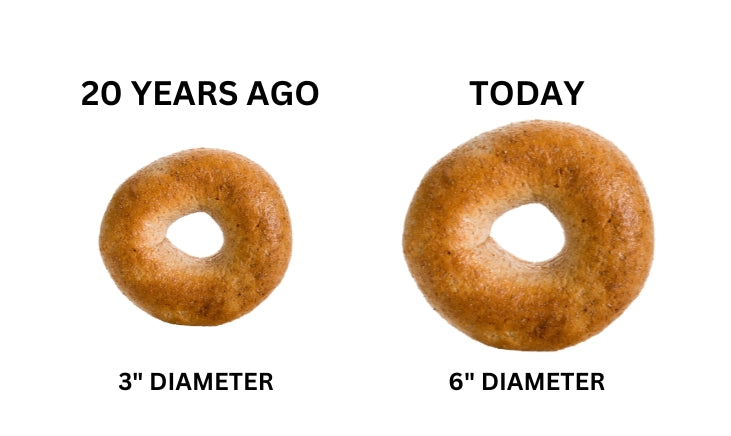
A term coined portion distortion was introduced in the early 2000s once portion sizes had been increasing at an alarming level causing people to eat more.
A large systematic review analyzed studies from 1978 to 2013 that measured the impact of portion size on the amount of food consumed. The authors concluded that exposure to larger sizes increased the quantities of food consumed among children and adults, and this difference was more significant in adults.
If you are feeling frustrated in your portion control or dieting efforts, know that some of these hunger cues are based on your hormonal biology. Leptin and ghrelin are the body’s appetite-regulating hormones. When hungry, individuals with higher levels of these hormones may be more drawn to higher-calorie foods thus more prone to overeating.
Portion distortion is both psychological and physiological, and it affects people differently. As always, nutrition and diet are highly personal and should be handled with special attention to the individual. Sustainable weight loss isn’t a fast process but requires self-compassion, dedication, and most importantly, patience.
Categories Of Portion Control Foods
As mentioned above, certain foods can cause you to feel fuller for longer, which are foods that should be a part of any healthy diet.
The categories of foods that will be covered:
- High-fiber foods
- Protein-rich foods
- Whole grains
- Healthy fats
- Water-rich foods
For each category, we’ll go through what exactly is this food, some examples of each, and ways to implement these foods into your diet to facilitate weight loss.
High-Fiber Foods For Portion Control
The problem with highly palatable ultra-processed foods is that you can keep eating them and not really feel full because they are desperately lacking in fiber (along with other nutrients). It’s easier than it should be to eat a whole bag of Doritos or finish off a sleeve of Oreos. These foods are designed to be this way. It’s not real food.
The health benefits of dietary fiber are vast, and satiety is just one of them. Fiber aids in digestion (keeping you regular) and affects gut microbiota that impacts important pathways associated with overall metabolic health. In short, fiber is important for weight regulation and most people eating a standard Western diet do not get enough of it.
Examples Of High-Fiber Foods

Below are some examples of some of the tastiest and most common high-fiber foods.
Vegetables
You may have noticed it’s difficult to overdo it on vegetables. Plus, if vegetables are taking up most of your plate and you eat these first, you will inevitably eat less of everything else.
There are so many types of vegetables and ways to cook them, you could never get bored. Don’t hesitate to make a vegetable the star of your meal like a miso-roasted eggplant or a cauliflower steak with chimichurri. Vegetables that are particularly high in fiber are artichokes, brussel sprouts, kale, collard greens, and beets.
Whole Grains
Choosing whole grains over refined grains is ideal for both overall health and portion control due to the fiber content and the potential to spike blood sugar.
Common examples of specific whole grains include:
- Oats
- Bulgar
- Brown rice
- Farro
- Quinoa
- Teff
- Sorghum
- Buckwheat
Use whole grains in your diet as a base to a beautiful bowl with vegetables, greens, beans, and a homemade dressing or hot sauce. Many grains can also be incorporated into soups or used as binding agents in plant-based meatballs or burgers.
Fruits
Specific fruits high in fiber are pears, strawberries, apples, raspberries, and bananas. However, most fruits contain a good amount of dietary fiber.
To keep the full fiber content, the skin of most fruits is consumable and contains the highest amount of fiber. When you eat the skin, be sure to give your fruit a thorough wash beforehand to get rid of any residual chemicals or pathogens acquired through manufacturing and transportation.
Legumes
What actually are legumes, you ask? Legumes are a class of vegetables distinguished by their fruit, which is typically a pod that splits into two halves, revealing seeds inside that we commonly refer to as legumes.
Common examples of legumes include:
- Beans
- Lentils
- Peas
- Soybeans
- Peanuts
Legumes are a fantastic addition to any diet. They can be used in a wide range of dishes, from salads and soups to stews and dips. Moreover, legumes are economical and have a long shelf life, especially when dried, making them a convenient and nutritious option for many meals.
Protein-Rich Foods For Satiety
Eating protein-rich foods enhances feelings of fullness, helping control appetite and reduce overall food intake. Proteins slow digestion and increase satiety hormones, making them effective for weight management. Try to choose protein-rich snacks throughout the day to keep cravings at bay.
Examples of protein-rich foods include:
- Lean meats
- Eggs
- Milk
- Legumes
- Whole grains
- Nuts and seeds
- Protein powders and shakes
Lean meats, fish, eggs, and dairy, are good sources of animal protein, and plant-based proteins include a variety of beans and legumes, grains, nuts and seeds, and even algae.
If your time in the kitchen is lacking, but you still want to ensure you are getting enough protein, there are alternatives. This Vegetarian Homestyle Chili Mix contains only 100 calories with 12g of protein and 4g of dietary fiber and this Spicy Cheesy Pasta also has 12g of protein, 3g of fiber, and only 130 calories. If you feel like you struggle to get enough protein through food alone, protein supplements like powders and shakes are an excellent alternative.
Healthy Fats For Fullness
Incorporating healthy fats into your diet is essential for nutrient absorption and feeling satisfied after meals. By choosing the right types of fats in appropriate amounts, you can enjoy the health benefits of fats without overdoing it.
Avocados
As if you needed another reason to whip up some fresh guacamole, avocados are an excellent source of nutrients–primarily healthy fats. Smash avocado atop whole grain toast, dice it up for a chili topper, or even use frozen chunks for a creamy smoothie addition.
Nuts and Seeds
Here are some common examples:
Examples of Nuts:
- Almonds
- Walnuts
- Cashews
- Pecans
- Brazil Nuts
Examples of Seeds:
- Chia Seeds
- Flaxseeds
- Pumpkin Seeds (Pepitas)
- Sesame Seeds
- Sunflower Seeds
Nuts and seeds are so important in our diet. They're ideal for snacking as they provide energy and promote fullness. Pop them atop salads or soups, on avocado toast, or on roasted veggies for added texture and a nutrient boost.
Olive Oil
Try to choose extra virgin olive oil for its purported health benefits. You can use olive oil in the kitchen plenty from using it as a cooking oil, marinade, and as a base for salad dressings. Get creative with your olive oil by creating infusions with chili or herbs for different flavors to drizzle over plates of pasta and bread.
Water-Rich Foods For Volume Eating

Volume eating is a dietary approach that focuses on consuming foods that are low in calories but high in volume, primarily due to their high water content. This strategy allows individuals to eat larger portions without significantly increasing calorie intake, which can be particularly helpful for weight management and promoting a feeling of fullness.
Examples of water-rich foods include:
- Cucumbers
- Watermelon
- Celery
- Strawberries
- Zucchini
- Lettuce
- Spinach
- Grapefruit
- Oranges
- Bell peppers
- Tomatoes
Increasing your intake of low-calorie fruits and vegetables that have a high water content (usually over 85%) will help with portion control and weight loss. However, you shouldn’t solely rely on these foods to keep you nourished. Only eating foods for volume may leave you hungry and deficient in nutrients.
Practical Tips For Implementing Portion Control
Portion-controlled diets appear to work for weight loss in a research setting but whether or not this helps individuals understand how to reduce their portions in the real world is unknown. Therefore, experts urge individuals to gain knowledge about portion control that can be applied in the real world.
Here are some practical tips that can be incorporated into any lifestyle:
- If you’re not into weighing your food (I can’t think of many people who are), try using your hands to measure portions.
- Drink a glass of water before a meal to curb hunger and reduce the likelihood of overeating.
- Listen to your hunger cues and enjoy eating! Intuitive eating is all the rage right now, and for good reason. Mindful eating is similar but with a few distinctions.
- Use smaller plates.
- Pay attention to aesthetics. This is along the lines of mindful cooking and eating, but making your food beautiful makes you want to savor every bite. Always remember, we eat with our eyes first!
- Remember, it’s not always a better price wise deal to get more food. You may either over eat or contribute to food waste. Think about the true cost of your food.
Disclaimer
Portion control foods may not be the best thing for those who struggle with disordered eating or have a history of eating disorders. If you’re ever in doubt about how a certain diet will affect your mental or physical health, speak to a qualified nutrition or health professional.
Wrapping Up: The Best Portion Control Food For Weight Loss
In conclusion, managing portion sizes is a crucial strategy for weight loss, emphasizing the importance of choosing nutrient-dense, satiating foods. Foods high in protein, fiber, healthy fats, and water content, such as lean meats, whole grains, avocados, nuts, seeds, and water-rich fruits and vegetables, can help you feel fuller for longer, reducing overall calorie intake without sacrificing satisfaction.
Implementing portion control doesn't mean deprivation but rather focusing on an abundant, balanced diet that nourishes your body and supports your weight management goals.
By understanding the science behind portion control and incorporating practical tips, such as using smaller plates or listening to hunger cues, you can effectively manage your portions, enjoy your meals, and progress towards a healthier lifestyle.
Remember, the key to successful weight management is eating smarter, not necessarily less, and making informed choices that align with your body's needs.
Writer: Madison Madison is a freelance health writer with a BS in Kinesiology from the University of Kentucky and an MSc in Nutrition from the University of Bristol. Her passion for holistic wellness and global cuisine drives her to create informative, health-oriented content. |
Reviewed By: Dr. K. Huffman Dr. Kevin D. Huffman, D.O., is a board-certified bariatric physician renowned for his expertise in treating obesity. With over 10,000 patients and a reputation as a national leader in bariatric medicine, he has trained hundreds of healthcare providers. Dr. Huffman develops protocols and training materials sought after by medical societies, pharmaceutical companies, patients, and hospitals. |
- Choosing a selection results in a full page refresh.

